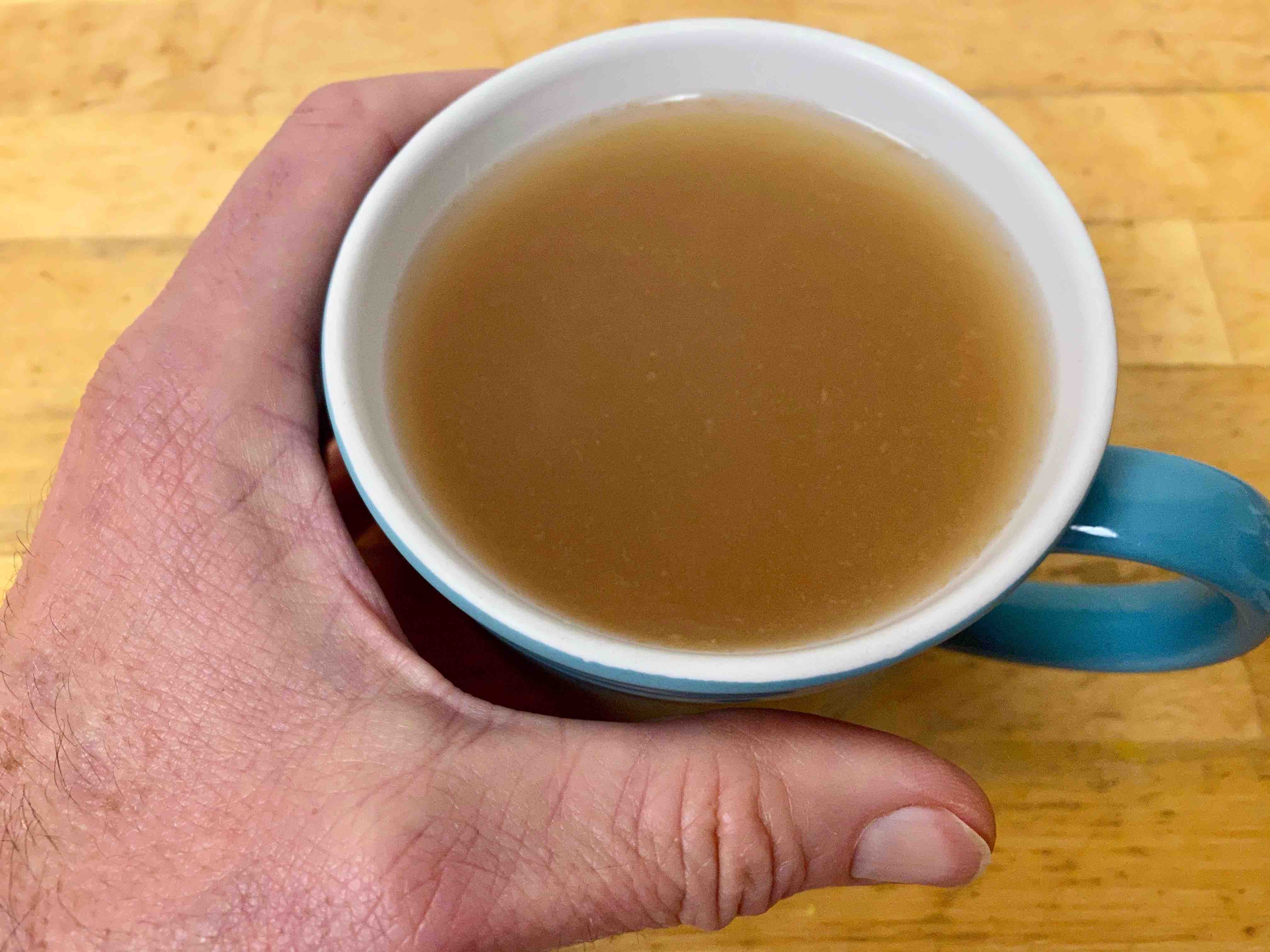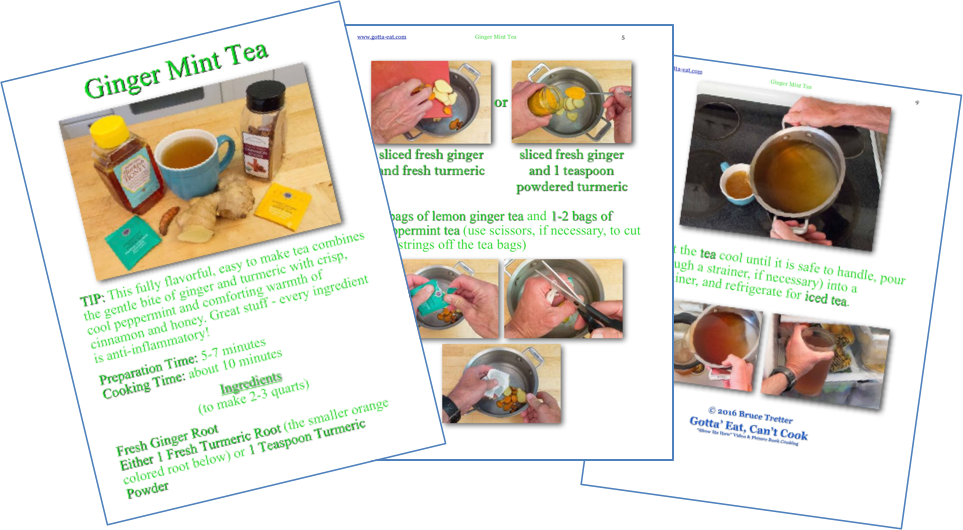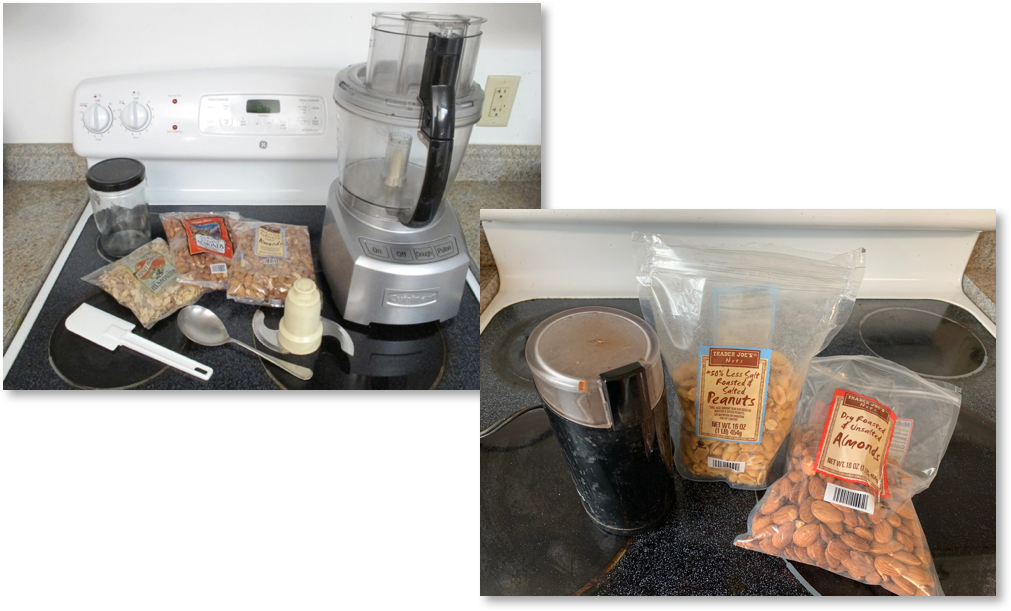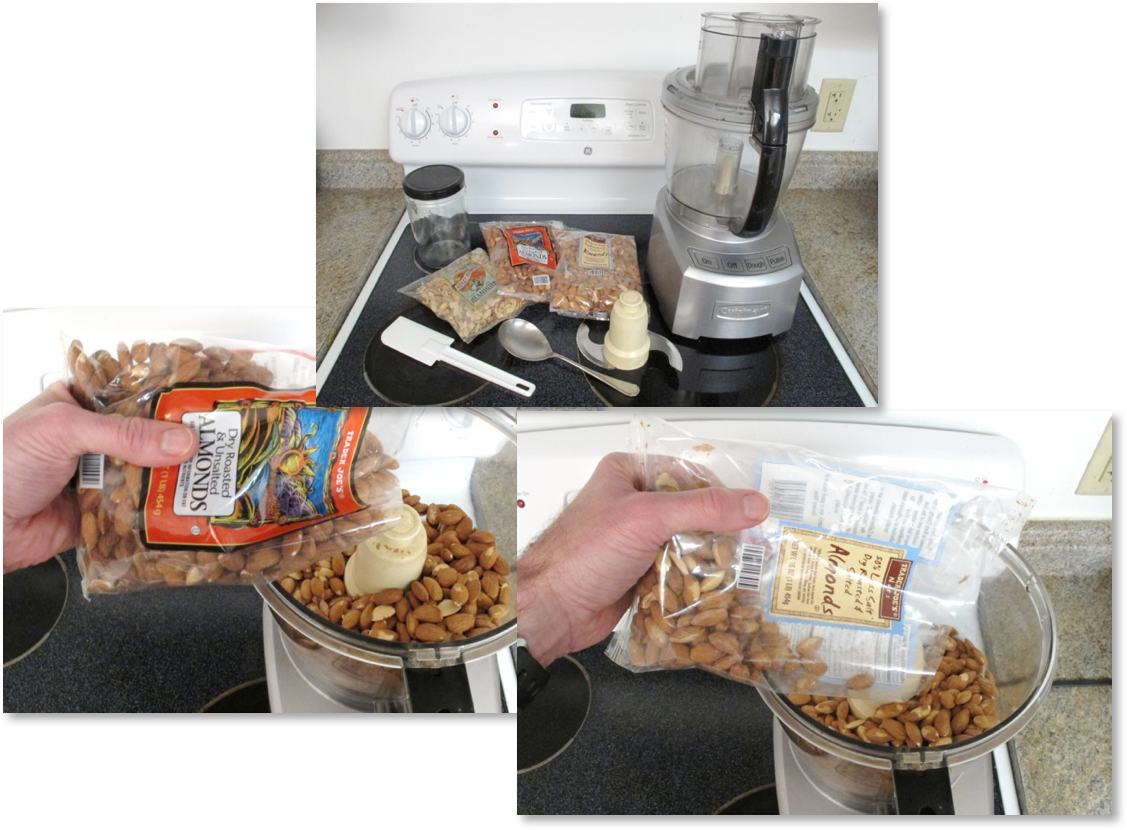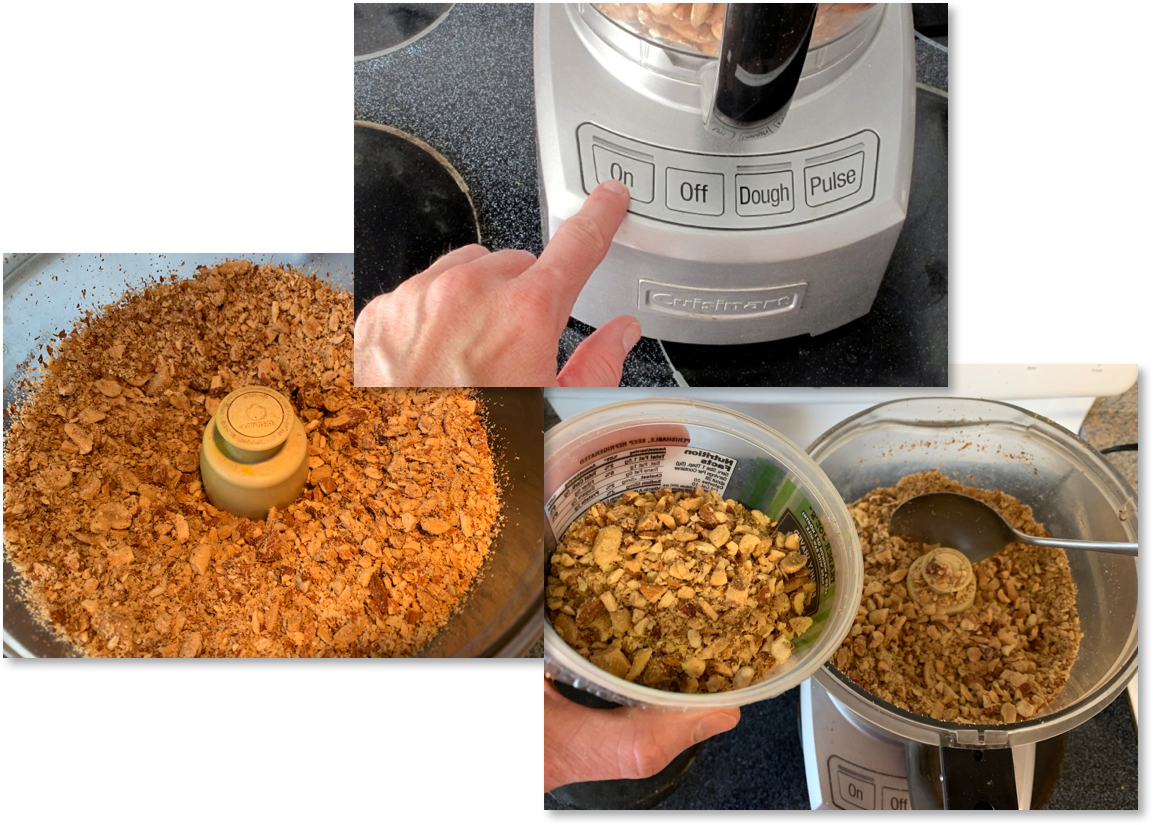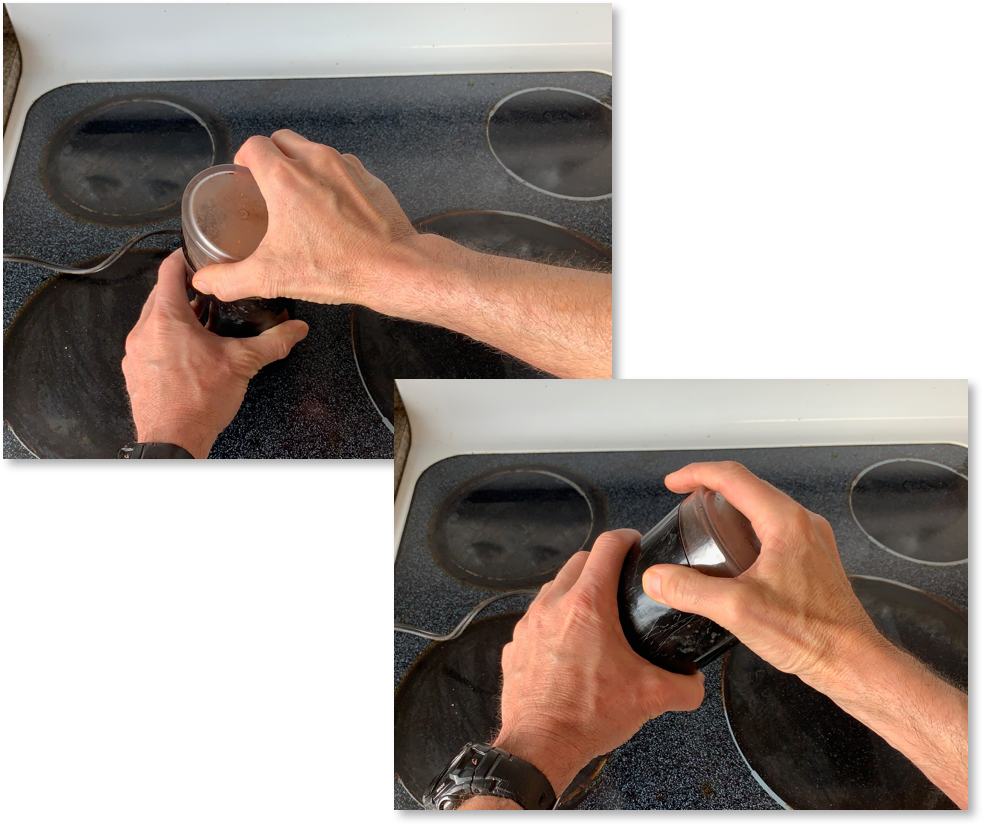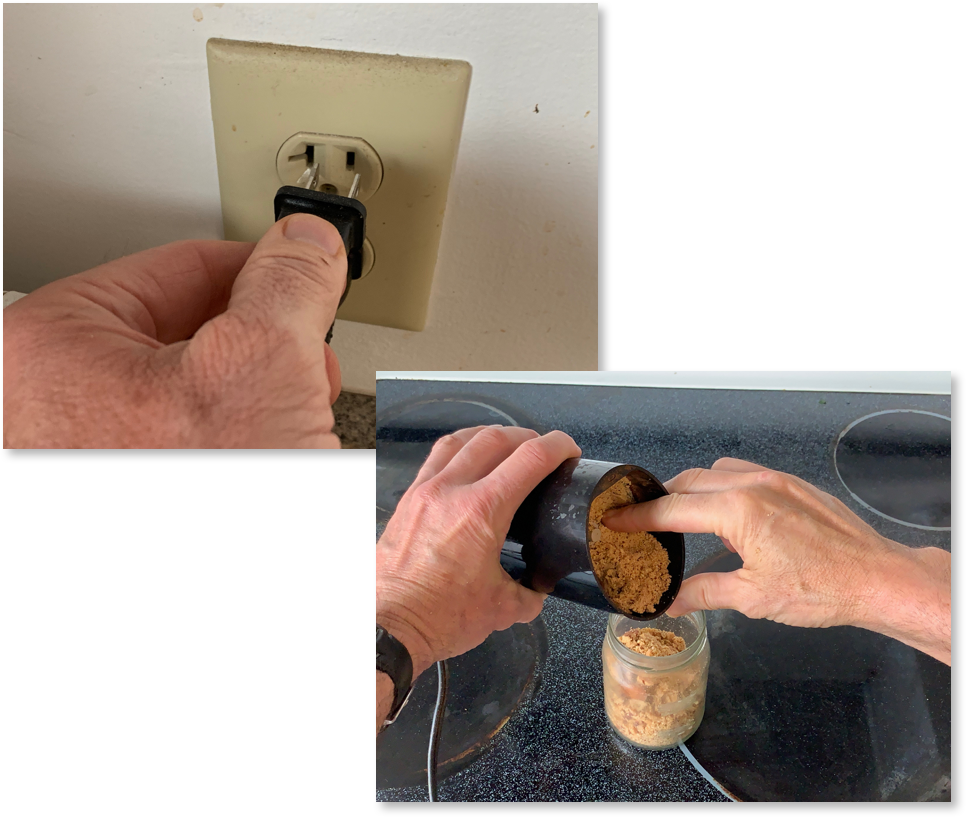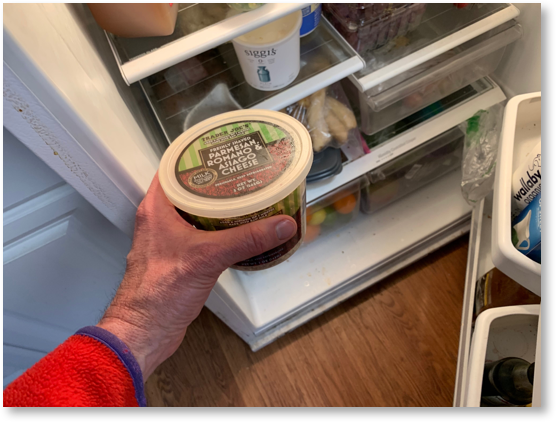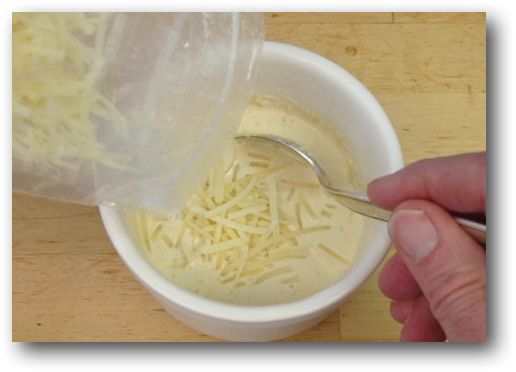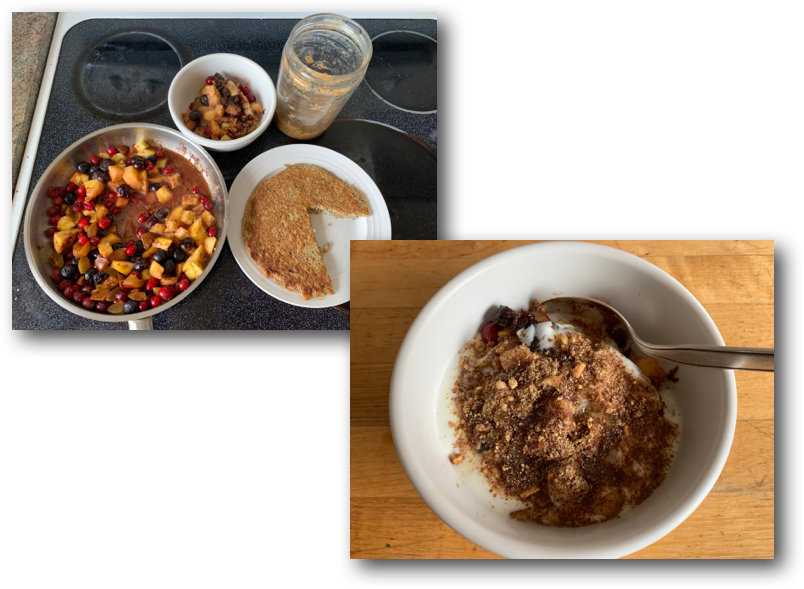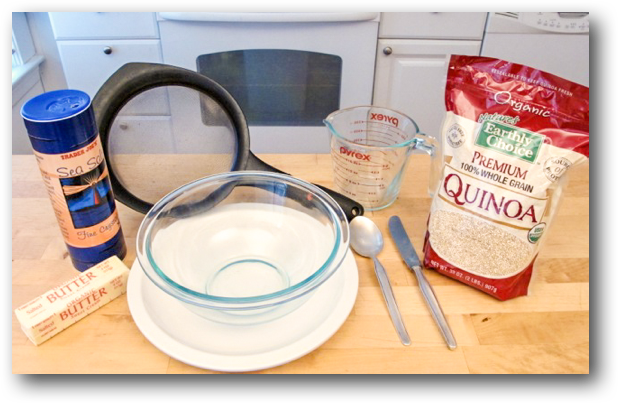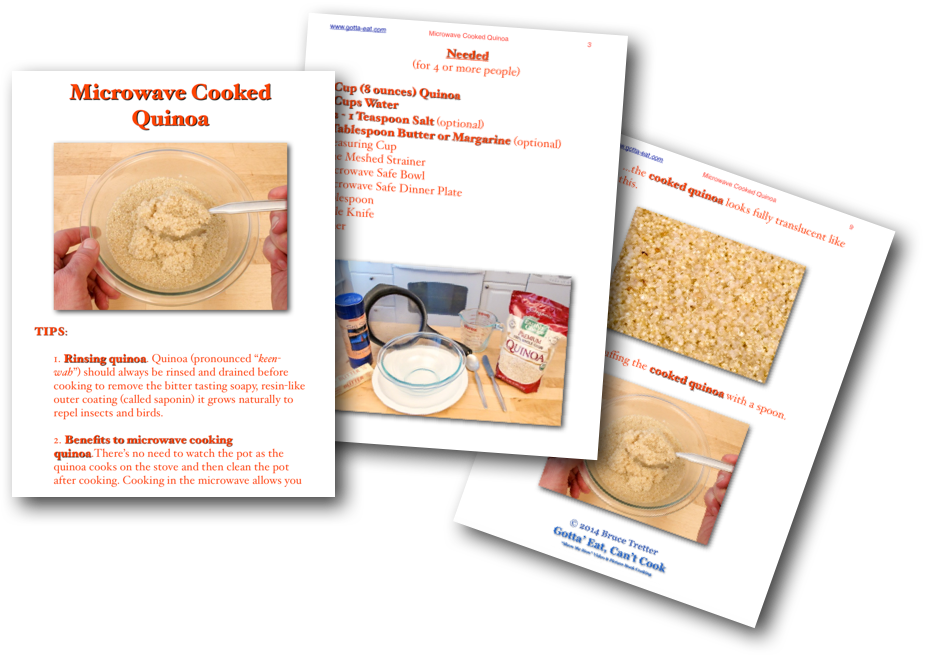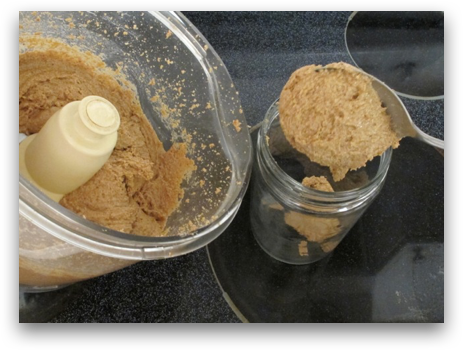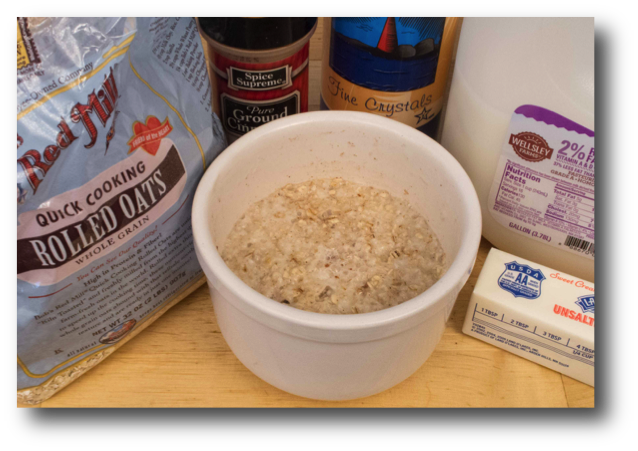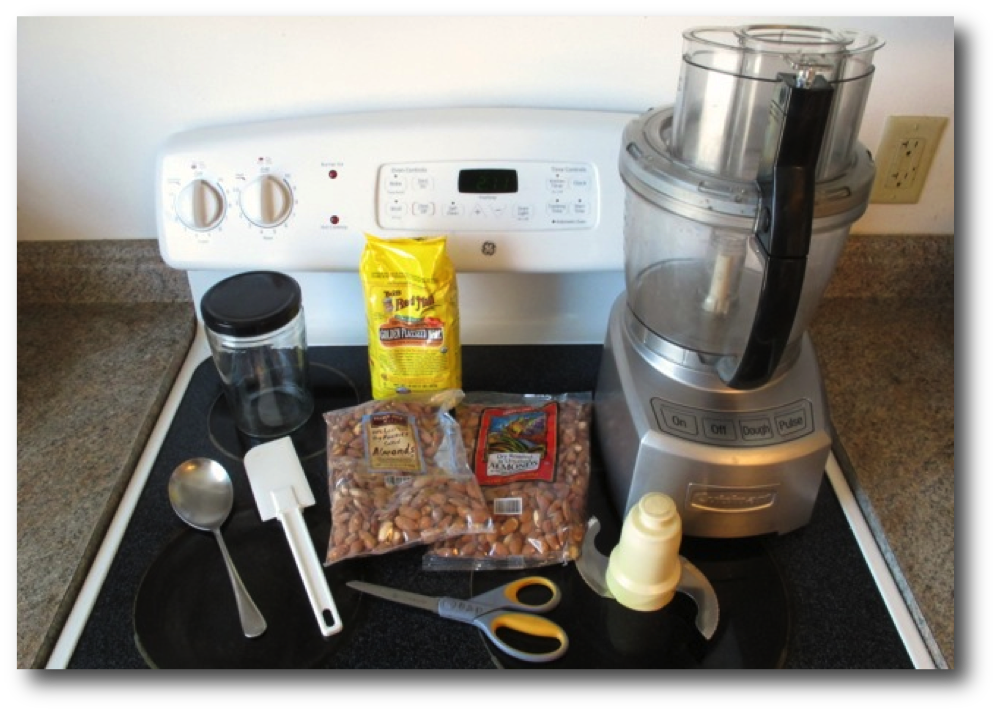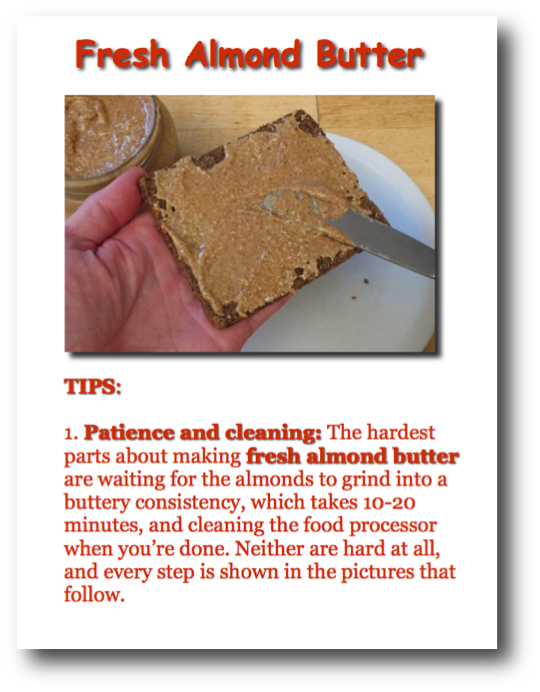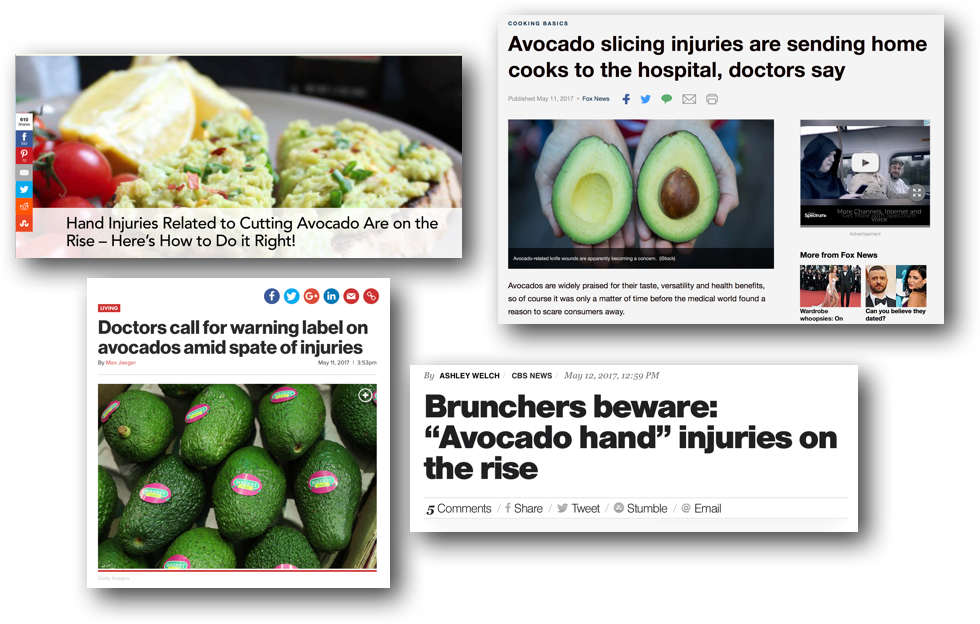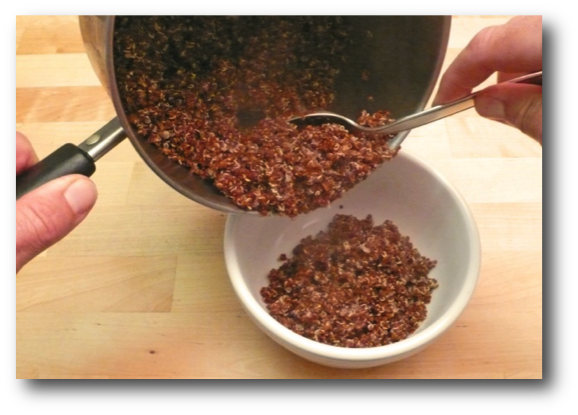 Quinoa (pronounced “keen-wah”) is one of my favorite…seeds. Yah, right away, that’s one of the things that makes it stand out. Quinoa is not a member of the true grain family, like wheat, barley, rye and other “grass grains”. Instead, quinoa, which comes in white, red, and black color variations, is really a seed, and, specifically, it’s the seed of the goosefoot plant shown below.
Quinoa (pronounced “keen-wah”) is one of my favorite…seeds. Yah, right away, that’s one of the things that makes it stand out. Quinoa is not a member of the true grain family, like wheat, barley, rye and other “grass grains”. Instead, quinoa, which comes in white, red, and black color variations, is really a seed, and, specifically, it’s the seed of the goosefoot plant shown below.
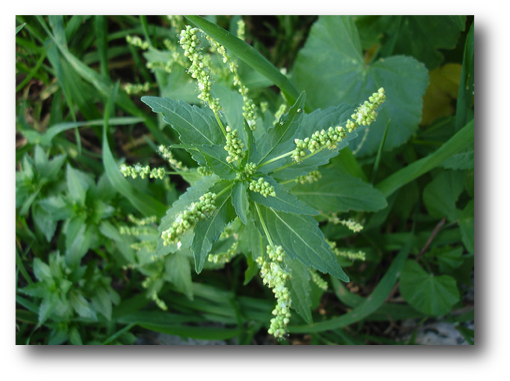 Goosefoot gets its name from the shape of its leaves and is related to spinach and Swiss chard. Quinoa grows in the South American Andes Mountains, mostly in Chile, Peru, and Bolivia, where it’s been cultivated for over 5000 years. Historical legend has it that Incan armies sustained themselves during long marches on “war balls” made of quinoa mixed with fat. Yes indeed, EMMMMM… Actually, after what I’ve recently learned about fat and how good a lot of it is for us, the idea behind those “war balls” makes good sense.
Goosefoot gets its name from the shape of its leaves and is related to spinach and Swiss chard. Quinoa grows in the South American Andes Mountains, mostly in Chile, Peru, and Bolivia, where it’s been cultivated for over 5000 years. Historical legend has it that Incan armies sustained themselves during long marches on “war balls” made of quinoa mixed with fat. Yes indeed, EMMMMM… Actually, after what I’ve recently learned about fat and how good a lot of it is for us, the idea behind those “war balls” makes good sense.
As you’d probably expect from a relative of spinach and Swiss chard, both exceptionally nutritious leafy greens, quinoa also packs a potent nutritional punch. It has about twice the protein content of barley, corn, and rice. Quinoa is gluten free and easily absorbed by the body. It’s a good source of manganese, magnesium, iron, copper & phosphorous making it particularly noteworthy for people affected by migraine headaches, diabetes, and atherosclerosis. It’s also exceptionally high in dietary fiber and is rich in “good” unsaturated fats like Omega-3. Here are the numbers I got regarding quinoa’s nutrition from a U.S. Dept. of Agriculture (USDA) table.

My favorite way to prepare quinoa is to make a batch with what you see below that yields about 2 ½ – 3 cups cooked quinoa. I then put the lion’s share of what’s left over in a sealed container either in the fridge for at least a week, or in the freezer where it lasts like any other frozen food.
.
 Click any picture on this page for a complete, easy to follow step-by-step picture book “How to Cook Quinoa” recipe.
Click any picture on this page for a complete, easy to follow step-by-step picture book “How to Cook Quinoa” recipe.
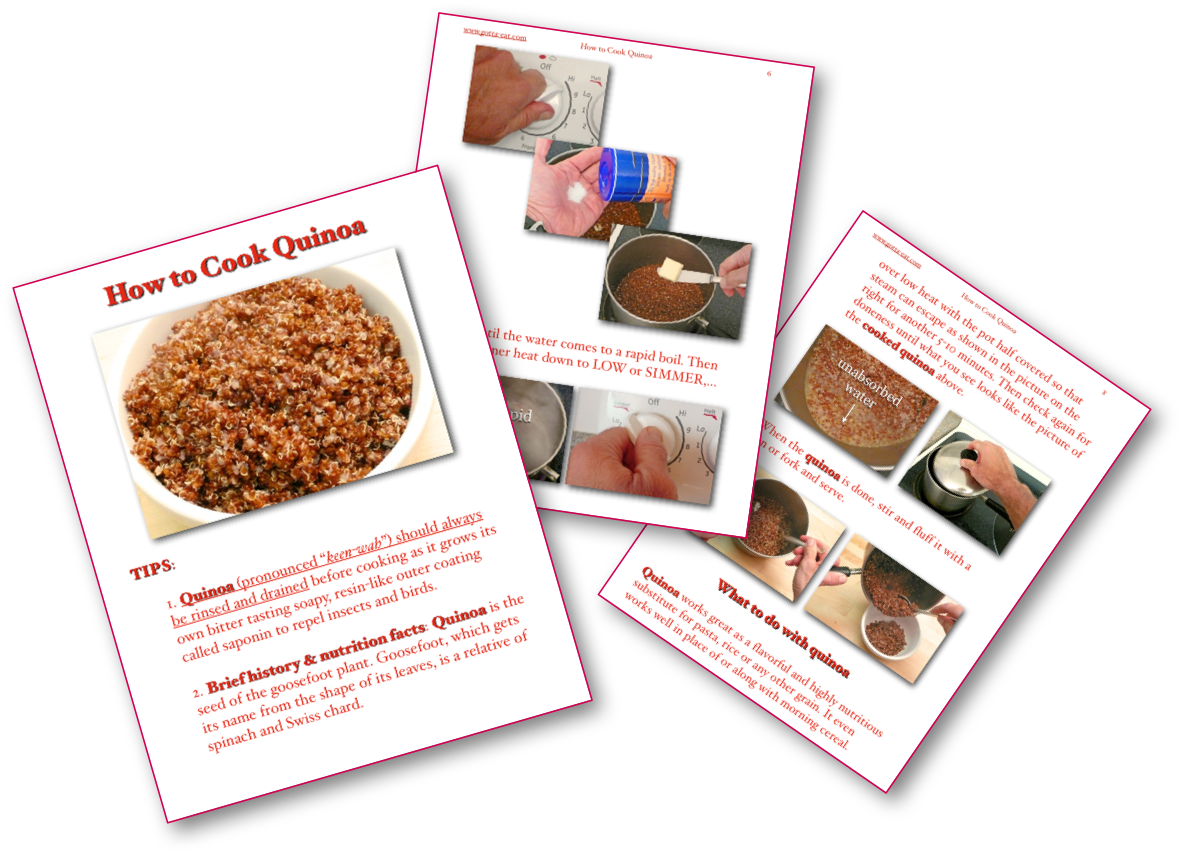

 February 4th, 2021
February 4th, 2021 



